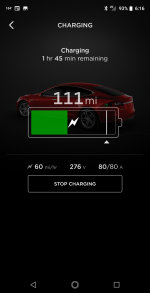jselectricservs
Member
- Location
- valinda c.a
- Occupation
- C10 Electrical Contractor
When sizing a transformer for some new EVSE station for an apartment community we do simply all all the loads together and size equipment or can we size using the optional method. Example the plan is to install 186 level chargers. 186 x 32 amp x 125% = 7440 amps . If there are no demand factors and my calculation are correct this would require a 2700 KVA Transformer. Or can we use table 220.84, for over 62 units at 23%. This would bring the amp to 1711 amps.
Thank you.
Thank you.

